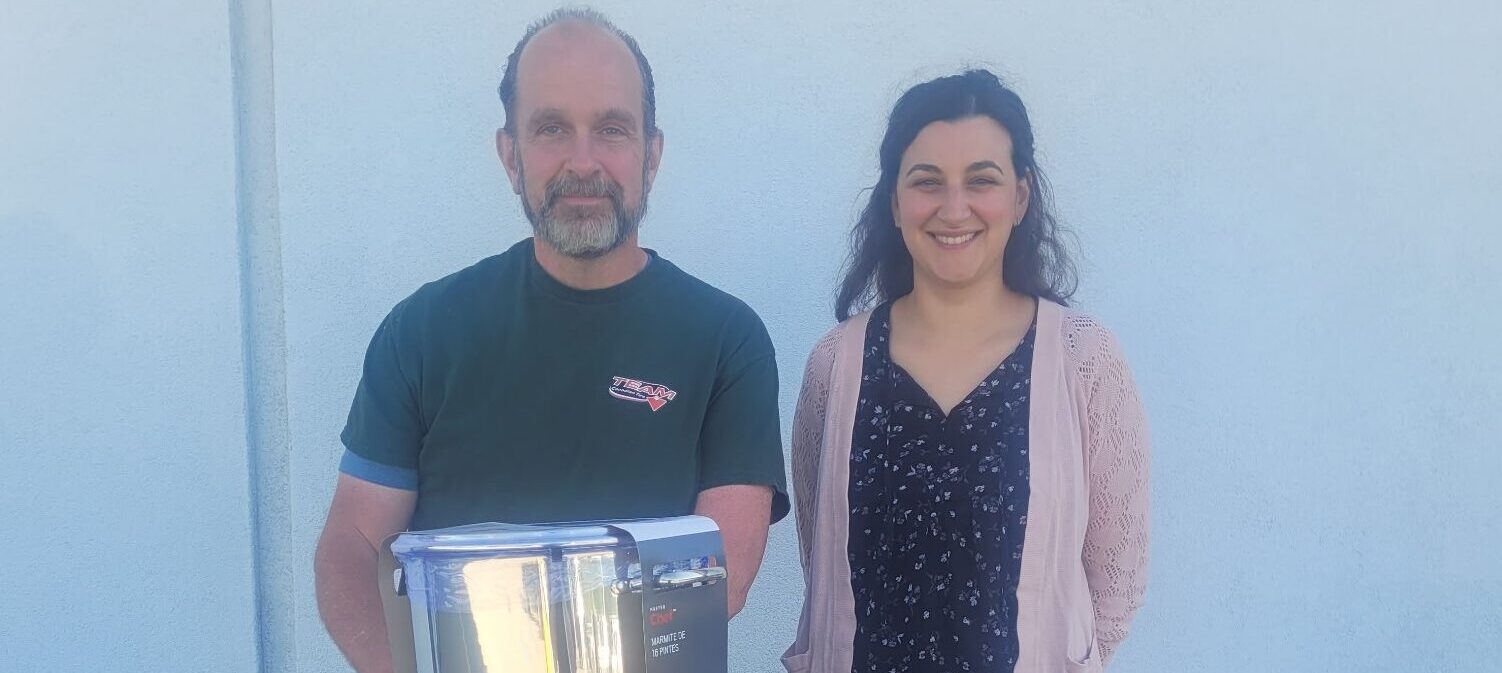
Julie James is an art therapist at Black Dog Studio in Nelson. She facilitates our art therapy sessions for our HEART program and is available for clients in our other programs as well. We wanted to know more about art therapy and how it helps us prepare for training and work, so we asked Julie to tell us about what she does.
“Art can be a fun and relaxing tool, and it can be a great way to connect with family members, friends, and colleagues,” Julie tells us. “Art therapy combines art-making and talk therapy to communicate emotions and experiences beyond words.”
“Art serves as a tool for self-reflection, connection, and healing. My aim is to support you in cultivating your relationship with your creative practice.”
As an art therapist, Julie helps people develop a non-judgemental attitude towards their artwork and become a bit more mindful of what’s happening in their body. Drawing, writing, painting, sculpting, collage making, music writing, dance—the list of art options is extensive, and she encourages participants to find the art practice that suits them.
We include art therapy in our HEART program and other employment programs because, as project specialist Zoë Dowdall says, “sometimes you can draw your feelings and get things out that you don’t have words for.”
Finding common themes
Each art therapy session focuses on a different theme and is a blend of mindful art-making, connecting with group members, and psychoeducation. (Psychoeducation is a practice that provides participants with a better understanding of their mental health or illness with the aim helping them establish coping behaviours.) Some of the themes have included reflection on values and strength, self-care, and integration.
As a starting point, Julie offers art prompts related to the weekly theme. She then encourages participants to make themselves comfortable and take 20 to 30 minutes to create on their own. They may use any materials they have on hand: pen and paper, recycled materials, or natural materials. No previous experience or skill in art-making is required for art therapy to be helpful.
“My art prompts are designed to inspire your creativity and encourage you to take an expansive understanding of art. Every piece of art, no matter how small, is a valuable expression of who you are,” Julie says, and this is where the therapeutic value shows up most strongly.
“Then, we come back together to share our pieces and speak about what our art process was like for us that week.”
From creativity to healing
For people who are not used to doing something artistic or who haven’t tried art therapy, Julie emphasizes making them comfortable with being creative. Art therapy is all about expressing yourself creatively and learning how to do that in a group setting.
“Our groups offer a supportive and non-judgmental space where you can explore your emotions and experiences through art. Sharing your work with others is completely optional.”
Many of our clients have mentioned that they enjoy art-making but find it difficult to create time for themselves. The HEART program creates an opportunity to slow down and make time for yourself, time to create.
“Participants often come away surprised at the depth of their artwork and what they’ve discovered in the process,” Julie says. “A lot of people tell me they come out of sessions feeling relaxed. I love hearing that.”



